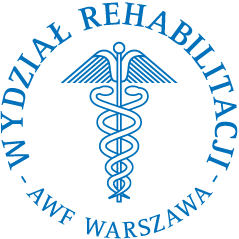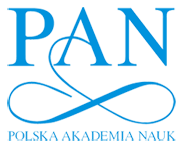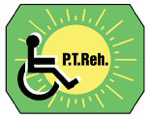


|
Current issue
Archive
Manuscripts accepted
About the journal
Editorial board
Reviewers
Abstracting and indexing
Contact
Instructions for authors
Publication charge
Ethical standards and procedures
Editorial System
Submit your Manuscript
|
4/2020
vol. 34 abstract:
Original paper
Comparative effects of two exercise training programs on health-related quality of life in middle-aged women with non-alcoholic fatty liver disease
Ahmad Mahdi Ahmad
1
,
Heba Mohammed Ali
2
Advances in Rehabilitation, 2020, 34(4), 1–10
Online publish date: 2020/10/23
View
full text
Get citation
ENW EndNote
BIB JabRef, Mendeley
RIS Papers, Reference Manager, RefWorks, Zotero
AMA
APA
Chicago
Harvard
MLA
Vancouver
Introduction
Insufficient research exists on the effectiveness of exercise therapy in nonalcoholic fatty liver disease (NAFLD), particularly regarding the health-related quality of life (HRQoL) outcome. Therefore, this study aimed to assess the effects of high-intensity interval training (HIIT) compared to moderate-intensity combined resistance and aerobic training (RT/AT) on HRQoL in NAFLD patients Material and methods Twenty-three middle-aged obese women with NAFLD were enrolled in 3-month exercise interventions of either HIIT (n1 = 12, 46.3 ± 5 years, 40.5 ± 4.1 kg / m2 ) or moderate-intensity combined RT/AT (n2 = 11, 45.6 ± 4.4 years, 43.5 ± 5.4 kg / m2 ). Secondary hepatic steatosis, liver cirrhosis, or virus C hepatitis were excluded. HIIT was prescribed as 4 sets x 4 min at 80-85 % HRmax with 3 min active recovery. Combined RT/AT was prescribed as 10 min low to moderate cycling exercises followed by 8 resistance exercises at 50-75 % 1-RM. The outcomes were HRQoL, as assessed by the Chronic Liver Disease Questionnaire (CLDQ), and the percentage of body weight change ( % ∆BW) Results CLDQ domains were significantly improved in both HIIT & RT/AT groups compared to baselines; the emotional function & worry domains and the total CLDQ score were significantly higher in the HIIT group (p< 0.05)compared to the other group. Body weight was reduced by 13 % & 8 % in HIIT and combined RT/AT groups, respectively, with a significant difference in the % ∆ BW between the two groups in favor of HIIT. Conclusions Both HIIT and moderate-intensity combined RT/AT could be suggested to improve the HRQoL and reduce body weight in middle-aged obese women with NAFLD, however, HIIT could be superior to the combined RT/AT in improving overall HRQoL, especially the emotional aspects, and reducing body weight. keywords:
Exercise, Non-alcoholic fatty liver disease, Quality of Life, Body weight change, High-intensity interval training |
    |